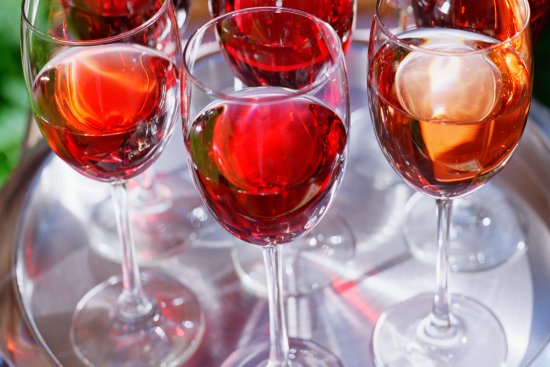
Hint: it's not food dye
This article originally appeared on Food & Wine.
Almost every wine region in the world makes rosé—and not one uses pink grapes. Some vintners simply blend red and white wines; others, in an effort to make their red wine more concentrated, bleed off some juice to simultaneously make rosé. The best versions, however, involve leaving red-grape juice in tanks with the grape skins for anywhere from a few hours to several days. The longer the juice is left with the skins, the deeper the color (from a hint of pink or salmon to a hot pink or ruby hue) and the more full-bodied the wine.
More from Food & Wine: